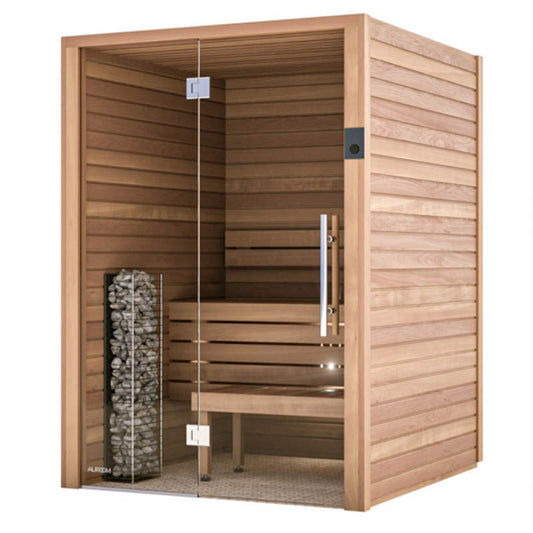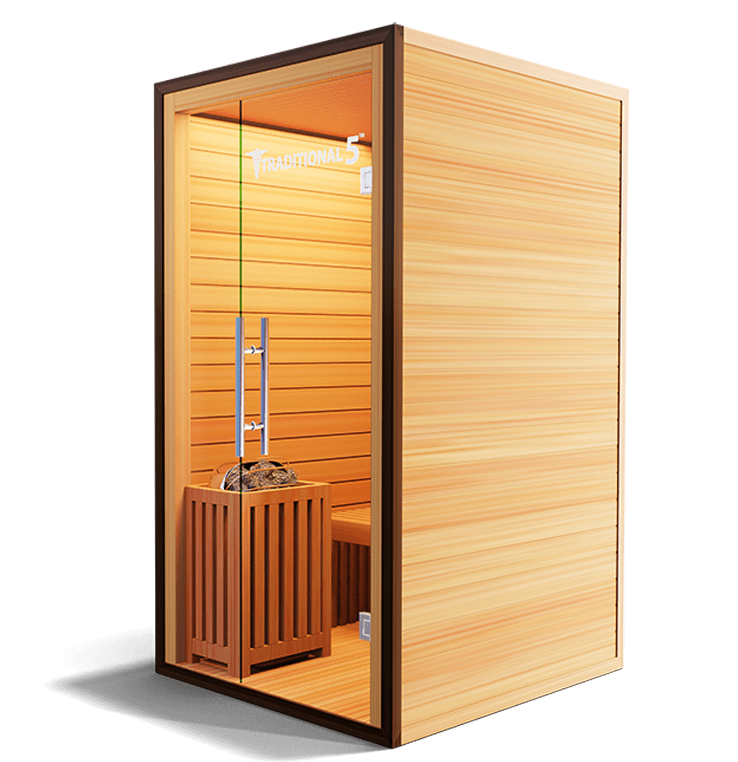The Ultimate Guide To Traditional Sauna
The Ultimate Guide To Traditional Sauna
Blog Article
How Traditional Sauna can Save You Time, Stress, and Money.
Table of ContentsThe Of Traditional SaunaThe Main Principles Of Traditional Sauna The Traditional Sauna DiariesThe Traditional Sauna IdeasThe Buzz on Traditional Sauna
Many of the weight shed in a sauna is water loss and is re-gained upon rehydrating. Without a question sauna can be an essential part of a healthy weight loss program. To consider the differences between conventional and IR saunas, I will certainly divide these into proven, academic, and fabricated distinctions.Therefore, the hottest point in the saunawhich goes to the ceiling straight over the sauna heateris normally in between 185 and 190 F. Claims that a typical sauna exceeds 200 F is just not real and not applicable for electrical saunas offered in the United States. The temperature for a far-infrared sauna is normally established between 120 and 140 F; nevertheless, unlike the standard sauna, the goal in and IR space is not to attain a high temperature level.
Due to this, the temperature difference is practically pointless, given that excessive sweating causes both sauna types, however the approach of heating the body is different. In an IR sauna the bather will certainly really feel warm and will sweat a lot, yet at much lower temperature levels (Traditional Sauna). Therefore, if the objective is to spend longer periods of time in the sauna, the IR sauna is a good option
When a typical sauna has actually been appropriately heated up, the sauna walls are cozy, the air temperature level has attained established temperature level and the rocks are very warmed. As a fascinating side note, the heated walls and the rocks are producing far-infrared heat, incorporated with the warmed air, to develop an "covering warm".
The Traditional Sauna PDFs

When the high temperature level is attained, the elements cycle on and off to maintain the heat. Many conventional sauna individuals enjoy pouring water over the rocks to develop vapor to raise sauna humidity degrees. The advantages of putting water over the rocks include: making the space a lot more comfortable, moistening the nasal passages, and permitting the use of aromatherapy by blending crucial oils with the water.

When the power gets in the body, it creates the body temperature level to raise and inevitably causes sweat. In an infrared sauna it is necessary for the emitters/heaters to stay on nearly constantly. Given that there is no mass of rocks to keep warm, the sauna will certainly cool if the emitters shut down.
As pointed out over, the sauna bather in find here an infrared area wishes to position himself before running emitters to get optimal gain from the warmth. The heating time for both areas can be extremely various, depending on how the rooms are utilized. For a standard sauna, a bather should enable 30-40 mins for the room to achieve a wanted temperature and to properly pre-heat the rocks.
The Ultimate Guide To Traditional Sauna
A well built sauna will commonly accomplish a temperature of 150-160 F in regarding 30-40 mins. For hotter temperature levels, the area might need to warmth for a longer duration.

Traditional saunas have a tendency to be bigger (hence utilize more electricity) than infrared saunas, although standard saunas are absolutely available in one and 2 person dimensions. For a two-person traditional sauna, 5x6 or 5x7 size is most popular. The top bench can easily seat 2 or 3 individuals and is also enough time to lie down throughout the sauna session.
The Best Guide To Traditional Sauna
The ordinary expense per kWH of electrical power in the united state is about $0.11, so a 4.5 kW heater will set you back around $.50 to compete one hour, if the heating unit runs continually for one hour. Normally a sauna heating unit will certainly compete 75% check my blog of the initial hour and 50% of subsequent hours on since the elements cycle once the set temperature is achieved.

There is a seldom gone over difference in the social experience in between the 2 areas. While our culture has actually shed several of the social advantage of the conventional sauna experience, it can be extremely socially fulfilling (Traditional Sauna). From family time in the sauna, to heart-felt discussions with significant others, to sauna partiesthe standard sauna experience can bring about intimate interacting socially
The 4-Minute Rule for Traditional Sauna
The majority of greater end infrared areas include colored light treatment, sound systems and full-glass fronts.
Report this page